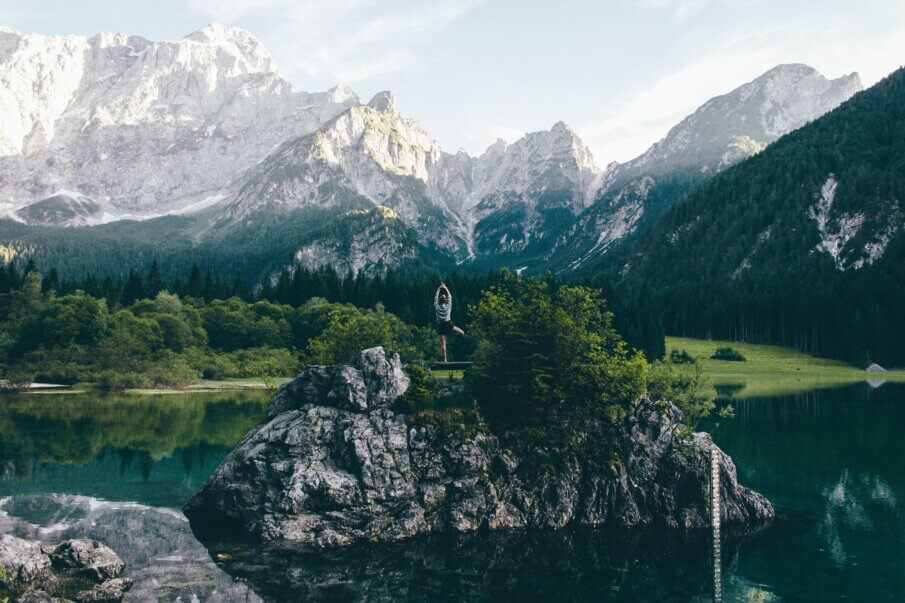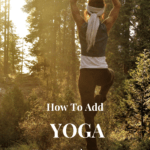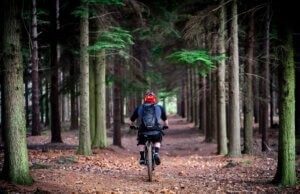*This post contains affiliate links, if you click a link I make a small commission and you help support the blog
If you are planning an expedition or multiday hike/bikepack/trailrun it is important to have a solid training plan in place so you can decrease your chances of getting injured. It also helps you become stronger and better able to take on the challenge ahead.
Many think about their training plan in terms of strength training and endurance, but if you are like me, you often forget about stretching and how not stretching could make or break a trip. This is where yoga comes in.
For those of you that don’t know, I am a 200-hour certified yoga instructor. So, naturally, I think yoga and general stretching is pretty important.
How much should you do?
Everyone is different. You are probably trying to figure out how you can fit this in on top of all the other training you are doing.
Just 10 minutes after a run or on a rest day, can be enough to significantly reduce your risks of injury. I would recommend 10-15 minutes after a run and then on those rest days you can do 30 minutes of yin or restorative yoga. Nothing too intense.
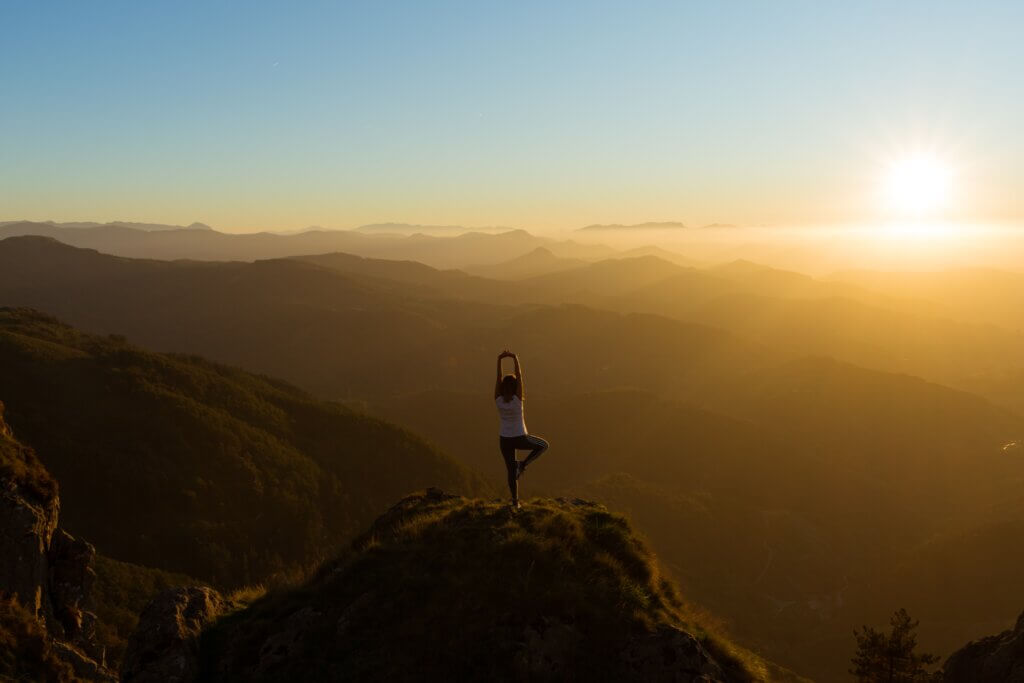
Yin, or restorative, yoga means you do fewer poses but you hold them for longer periods. It’s slow and gentle and helps you focus on your breathing. It’s a great way to stretch out those muscles and that connective tissue that may have gotten all bunched up during your regular training.
How often you should do yoga or other gentle stretching?
I try incorporating yoga or some gentle stretching into my routine 2-3 times a week. We all have things to do and are busy, but you can do 10 minutes of stretching while watching your favorite show.
Anyone can find 10 minutes in their day; you just have to pay attention to where those time sucks are and adjust. It does take commitment and some discipline to actually take the time you need but trust me it’s worth it.
Your body and mental health will thank you.
What resources are out there to help you?
How do you know what to do? Which poses would be most beneficial? There are a ton of resources out there, both free and paid, to help you get the most out of your time.
I highly recommend the Nike Training app. There is a catalog of yoga sessions from 5 minutes to 45 that will help guide you. Best of all it’s 100% free. They also have training programs such as yoga for runners that can help you build the positive habit of doing yoga 3-4 times a week.
There are also tons of free yoga videos on YouTube, but why waste time scrolling through countless videos, uncertain if it’s what you need when one simple app can get you there quickly?
Yoga while on your adventure
Want to continue after a hard day on the trail? There are plenty of ways to do simple yoga poses at your campsite. Outside of your tent you can do poses such as warrior, forward fold, and tree pose.
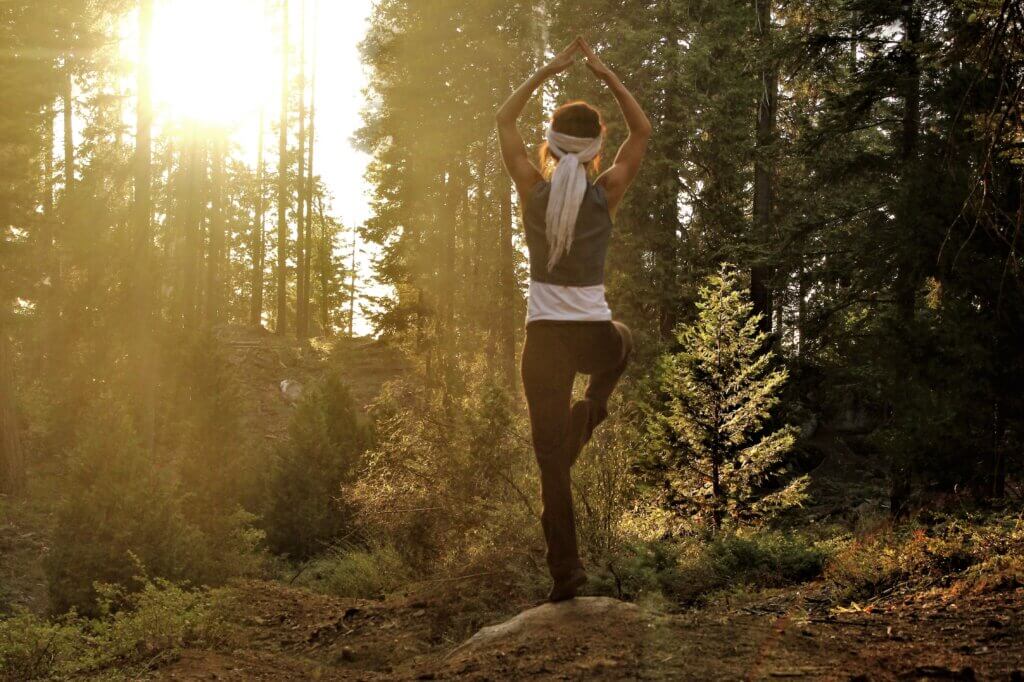
Want to chill in your tent? How about trying poses like gentle twist, cat/cow, and pigeon?
No matter where you are, there are ways to spend 5-10 minutes getting those post adventure stretches in.
Why does it matter?
You might be wondering why it matters. How could some simple stretching possibly change anything? It’s such a small thing. Shouldn’t you be focusing on strength training?
Well, yes, but it has been shown that athletes (and adventurer’s) that take the time to do some simple stretching before and after their workouts have significantly reduced injuries.
Think about how tight your muscles feel after a long hike. Those bunched muscles are putting strain on the tendons and ligaments that connect them to each other. Strain on your tendons and ligaments can lead to things like IT band pain, tears, and painful inflammation.
Stretching helps release that tension, protecting your ligaments and tendons from overuse and tearing.
Concluding Thoughts
Yoga has become a mainstay in my training process. It has helped reduce the pain I get in my IT band when I run and is a meditative process that helps my mental health. And it can help your too.
What are you training for? Check out these suggestions for the top bucket list marathons around the world.
